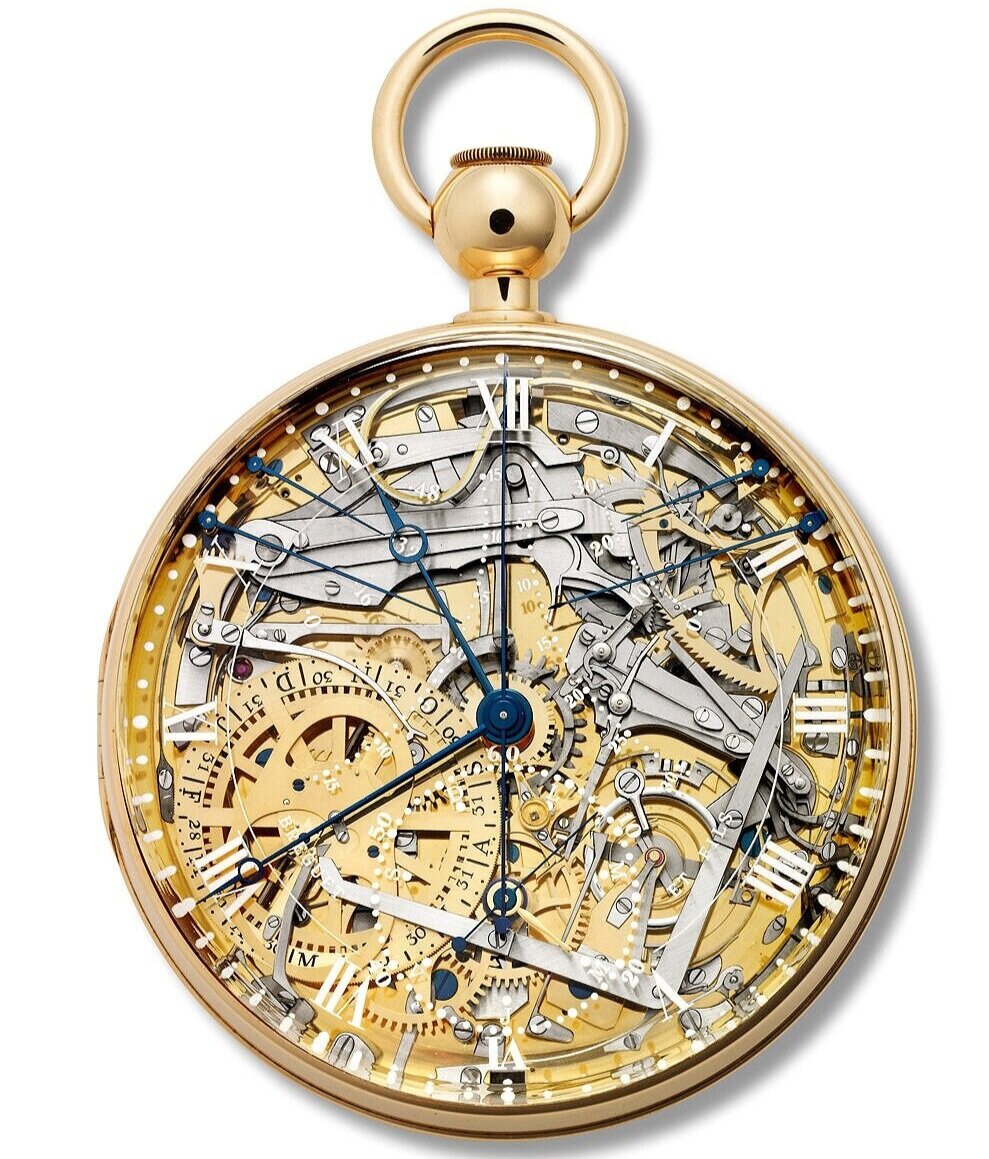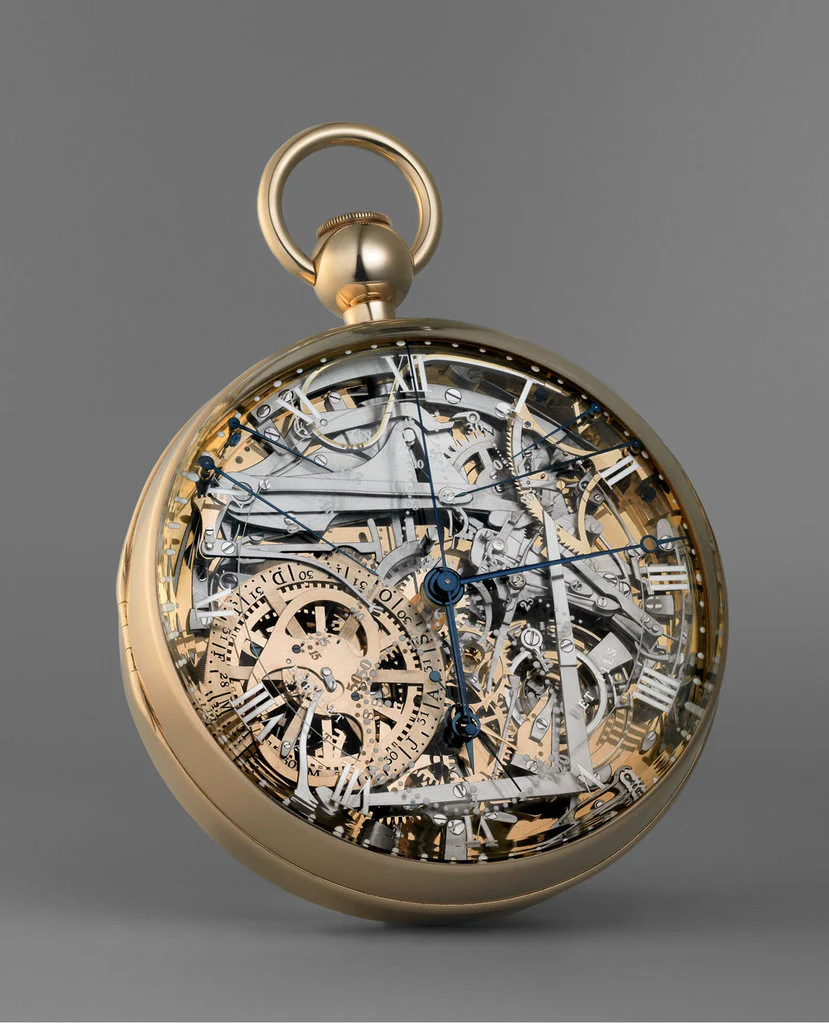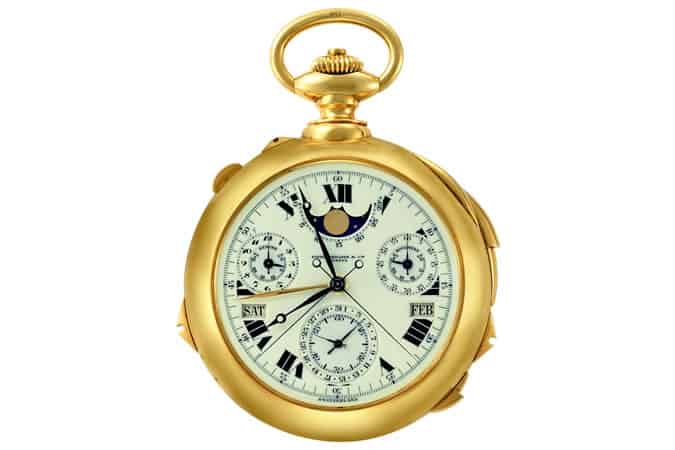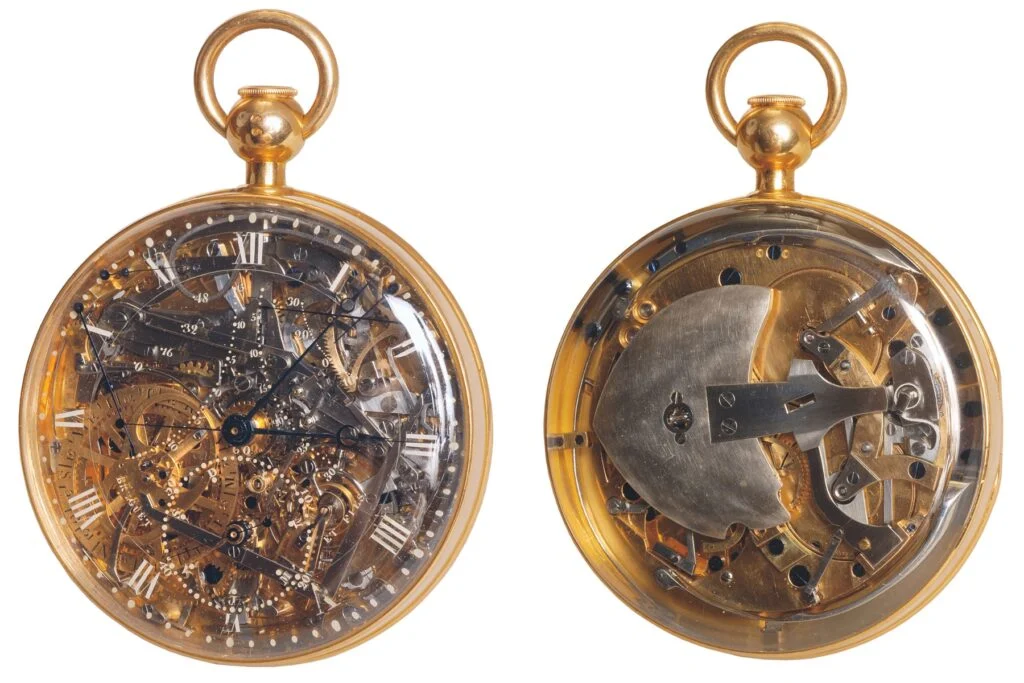Description
The Breguet Marie-Antoinette: A Watch Fit for a Queen, and a Legacy for the Ages
The Breguet Marie-Antoinette pocket watch, also known as No. 160, isn’t just a timepiece; it’s a legend whispered in hushed tones among horologists and history buffs alike. Commissioned, though never actually owned, by the ill-fated Queen of France, this masterpiece of watchmaking represents the pinnacle of 18th-century craftsmanship and a testament to the unwavering pursuit of perfection.
The story begins in 1783, when an anonymous admirer, believed to be a high-ranking officer in the Queen’s guard, requested Abraham-Louis Breguet, the genius founder of the famed watchmaking house, to create a watch that would encompass every known complication and feature, without regard to cost or time. The only stipulation was that gold should be used wherever possible, and complications should be as numerous and intricate as imaginable.
Breguet, renowned for his inventive spirit and dedication to horological advancement, accepted the challenge. What ensued was a labor of love spanning decades. He meticulously crafted a self-winding perpetual calendar pocket watch showcasing an astonishing array of features. The watch boasted:
- Automatic winding: Eliminating the need for manual winding.
- Perpetual Calendar: Displaying the correct date, day, and month, accounting for leap years.
- Equation of Time: A rare and complex complication displaying the difference between mean solar time and apparent solar time.
- Minute Repeater: Striking the hours, quarter hours, and minutes on demand with a chime.
- Thermometer: Indicating the temperature.
- Independent Seconds Hand: A pioneering feature for precise timekeeping.
- Power Reserve Indication: Displaying the remaining power in the mainspring.
- Bimetallic Balance with Breguet Overcoil: Enhancing accuracy and stability.
- Sapphire Crystal Case: Revealing the intricate movements within.
Sadly, Marie-Antoinette never saw the finished product. She was executed in 1793 during the French Revolution. Breguet himself passed away in 1823, four years before the watch was finally completed by his son in 1827. Its completion required 44 years of unwavering dedication and the application of groundbreaking techniques.
The Breguet Marie-Antoinette became an instant sensation, celebrated for its unparalleled complexity and exquisite craftsmanship. However, its journey was far from over. In 1983, the watch was stolen from the L.A. Mayer Institute for Islamic Art in Jerusalem, where it was housed. It remained missing for over two decades, becoming one of the most famous stolen objects in the world.
In 2007, the watch resurfaced, recovered from a vault in Tel Aviv. Its return was a momentous occasion for the horological community, allowing enthusiasts to once again marvel at its intricate beauty and unparalleled functionality. Today, the Breguet Marie-Antoinette is housed in the L.A. Mayer Institute for Islamic Art, a silent testament to the ambition, innovation, and artistic brilliance of the 18th century.
The watch’s legacy extends beyond its mechanical mastery. It serves as a powerful symbol of the Age of Enlightenment, a period characterized by the pursuit of knowledge, innovation, and artistic expression. It also serves as a reminder of the tragic fate of Marie-Antoinette and the turbulent period of the French Revolution.
More than just a timepiece, the Breguet Marie-Antoinette is a historical artifact, a horological masterpiece, and a poignant symbol of a bygone era. It continues to inspire awe and fascination, solidifying its place as one of the most significant and sought-after timepieces ever created. Its story is a reminder that true artistry and innovation can transcend time, leaving an enduring legacy for generations to come.









